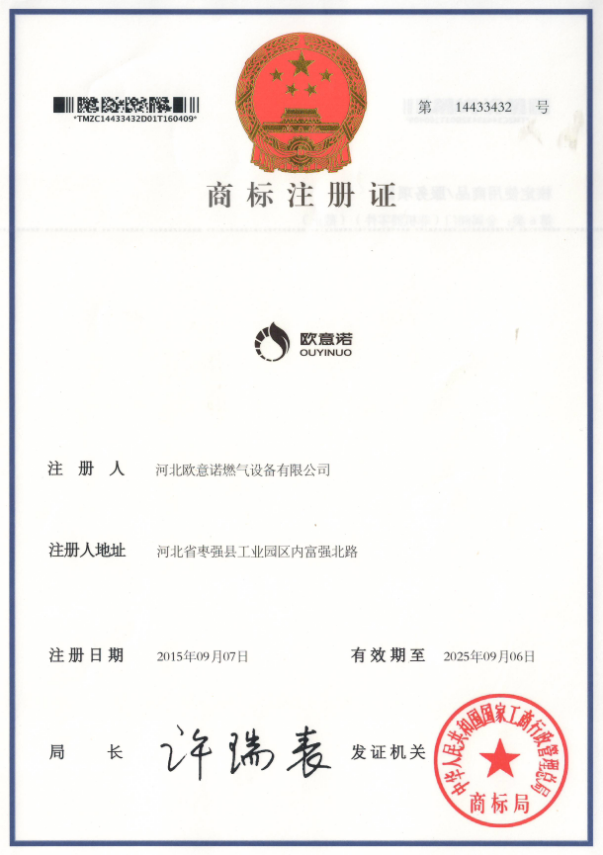
Dec . 05, 2024 14:06
Back to list
pressure reduction skid
Understanding Pressure Reduction Skids
Pressure reduction skids are essential components in the oil and gas industry, as well as in various industrial applications where gas and fluid management is critical. These specialized systems are designed to reduce the pressure of gases or liquids to safe and usable levels, ensuring the efficient operation of downstream equipment and processes.
Functionality of Pressure Reduction Skids
The primary function of a pressure reduction skid (PRS) is to manage the pressure of incoming fluids, thereby protecting downstream systems from overpressure situations that could lead to catastrophic failures. Typically, these skids consist of several key components, including pressure regulators, control valves, and safety devices. The skids are engineered to handle a wide range of pressures and flow rates, tailored to specific application requirements.
When a high-pressure fluid enters the pressure reduction skid, it passes through a series of regulators. These regulators are designed to step down the pressure gradually, allowing for precise control over the output pressure. By utilizing sophisticated control systems, operators can monitor and adjust the pressure levels, ensuring optimal functionality and safety throughout the operation.
Key Components of a Pressure Reduction Skid
1. Pressure Regulators These are critical components that automatically adjust and stabilize the pressure of the outgoing fluid. They ensure that the pressure remains within the desired limits, providing a consistent and reliable output.
2. Control Valves These valves play a vital role in directing the flow of fluid through the skid. They can be manually or automatically operated and are essential for maintaining the desired flow rates.
3. Safety Devices Safety is paramount in any high-pressure system. Pressure reduction skids typically include various safety features, such as pressure relief valves, which act as fail-safes to prevent over-pressurization and potential damage.
pressure reduction skid

4. Instrumentation Advanced instrumentation allows for real-time monitoring and control of pressure and flow rates. This can include pressure gauges, flow meters, and control panels that provide operators with critical information at a glance.
Applications of Pressure Reduction Skids
Pressure reduction skids are widely used in several industries, including
- Oil and Gas In the oil and gas sector, these skids facilitate the safe transportation and processing of hydrocarbons, ensuring that pressures are maintained within safe operational limits.
- Chemical Processing Chemical manufacturers utilize PRSs for managing the flow and pressure of various gases and liquids, which is crucial for the efficiency and safety of chemical reactions.
- Water Treatment In water treatment plants, pressure reduction skids help manage the pressure of incoming water supplies and regulate distribution systems, ensuring safe and reliable delivery.
- HVAC Systems In heating, ventilation, and air conditioning (HVAC) applications, these skids help control the pressure of refrigerants and other fluids, optimizing system performance.
Conclusion
The importance of pressure reduction skids cannot be overstated. By providing safe, reliable pressure management, these systems are integral to the efficient operation of various industrial processes. As industries evolve and seek to improve safety and efficiency, the development and implementation of advanced pressure reduction skids will continue to play a crucial role in ensuring operational success. With ongoing advancements in technology, the future of pressure reduction skids looks promising, enhancing performance and safety across numerous applications.
Next:
Latest news
-
Safety Valve Spring-Loaded Design Overpressure ProtectionNewsJul.25,2025
-
Precision Voltage Regulator AC5 Accuracy Grade PerformanceNewsJul.25,2025
-
Natural Gas Pressure Regulating Skid Industrial Pipeline ApplicationsNewsJul.25,2025
-
Natural Gas Filter Stainless Steel Mesh Element DesignNewsJul.25,2025
-
Gas Pressure Regulator Valve Direct-Acting Spring-Loaded DesignNewsJul.25,2025
-
Decompression Equipment Multi-Stage Heat Exchange System DesignNewsJul.25,2025

